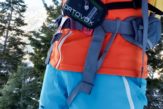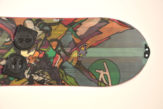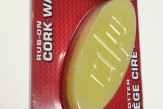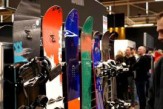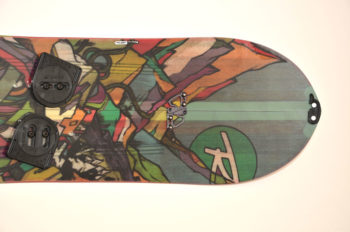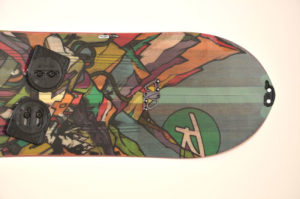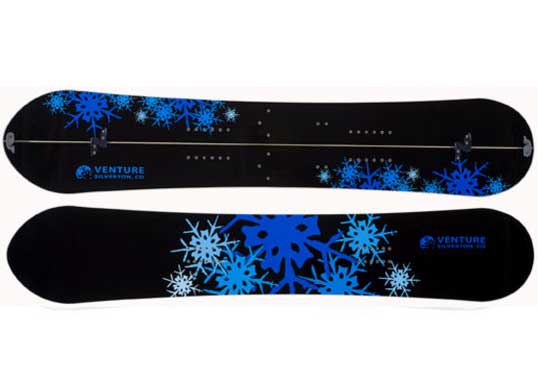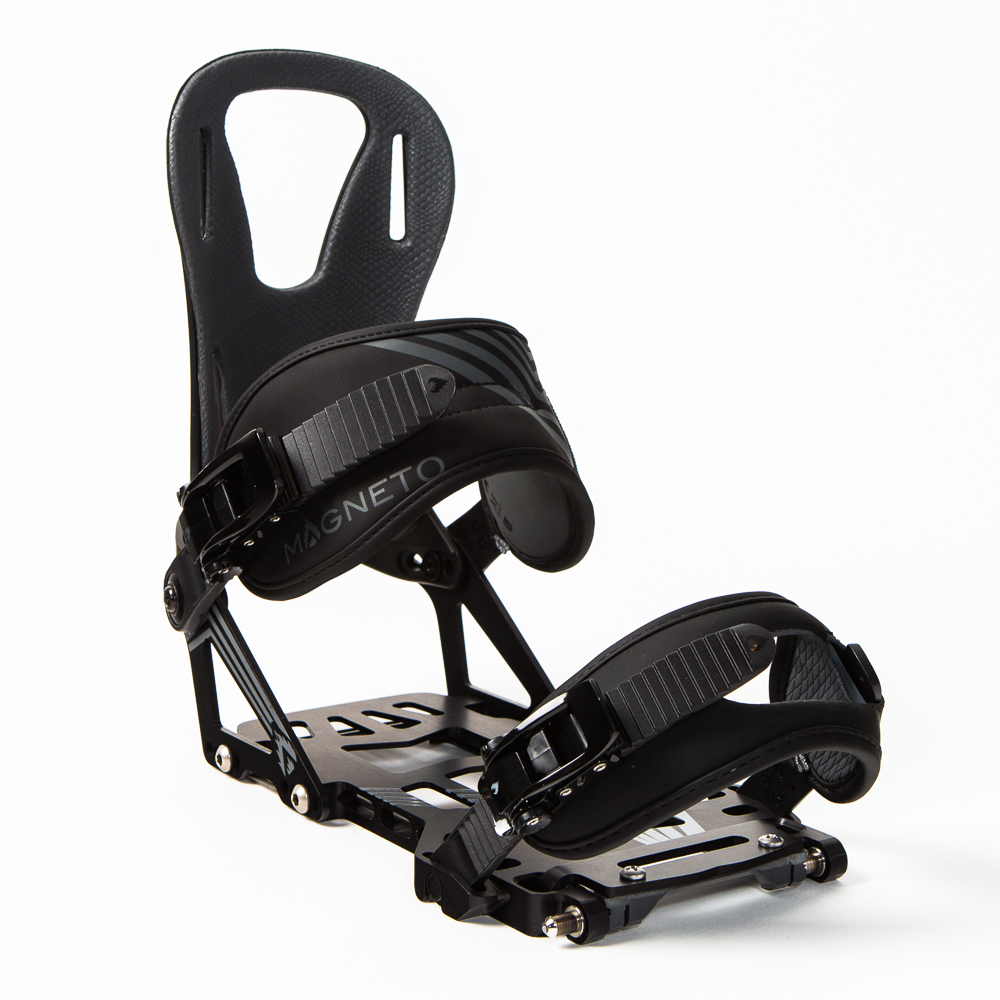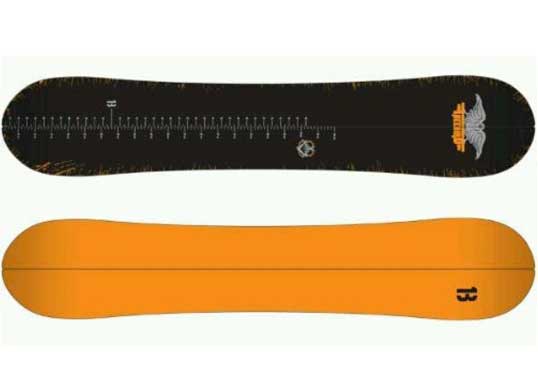
Rossignol XV Magtek Splitboard
With a name like Xavier De La Rue attached to a splitboard you better be expecting a lot out of it. We were able to get on the Rossignol XV four a quick tour before the end of our season here is Utah. Conditions weren’t great with the end of year snow. This will offer a […]
The XV has been a staple in the Rossignol line up for a while now in both a solid and a split. The stand out changes for the new splitboard model is the top sheet. The previous cartoon mountain top sheet has been replaced with a semi-transparent screened print. It seemed a bit fragile at first, thinking we may be wearing or scratching off the paint. After the first use, the top sheet held up very well with almost no marks from mounting, and transitioning from ride to tour mode.
Features of the Rossignol XV Magtek Splitboard
Amptek All Mountain
Rossignol’s three award-winning rocker/camber blends are each tailored to a specific riding style. AmpTek ALL-MOUNTAIN features softer tips and a stiffer waist with 40% camber between the feet for powerful edge grip and stability, and 60% rocker at the tip and tail for more float and forgiveness for effortless freeride versatility.
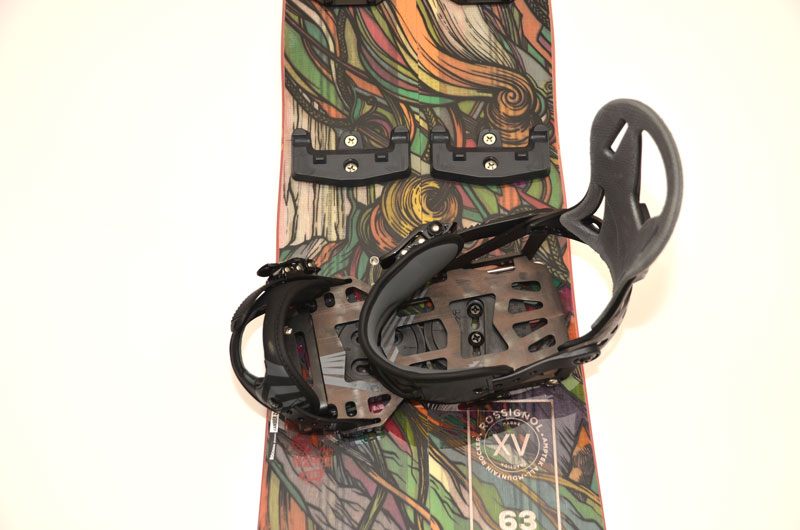
Magne-Traction 7mm
Snowboarding’s premium edge hold technology. Magne-Traction maximizes edge grip between your feet, bringing that once unreachable “dead area” back to life for increased stability and board control. Rossignol delivers this continuous edge grip in multiple versions to satisfy every riding style. The original MAGNE-TRACTION 7M features seven deep bumps distributed along the edges for maximum edge hold from tip to tail. Looking down the right side of the board, you can really see the 7mm of Magtek magnitraction waving back and forth down the side wall.

Roller Tip
An industy-first, Rossignol’s Roller technology features a milled core along the edges, raising the edges of the board off of the snow to varying degrees to address the needs of every riding style. TIP ROLLER raises edges 1mm off of the snow just past the contact points, directing snow around the board for increased stability at high speed, better floatation in powder, and reduced swing weight.
We held a flat level against the base of the board around the clip holes of the board. You can notices about 1-2mm rise on the edges as they concave outward. We have always thought this would be a great feature for a big mountain pow slasher. With the large nose, and slightly rolled tip and edges, this should be a pow lovers dream. Unfortunately, when we tested, we didn’t get much of that light fluffy Utah powder we are use to. It will have to wait until further review of the board. It did however stay up out of the crust better, and seemed to stay on top better that a twin, or non-tapered board.
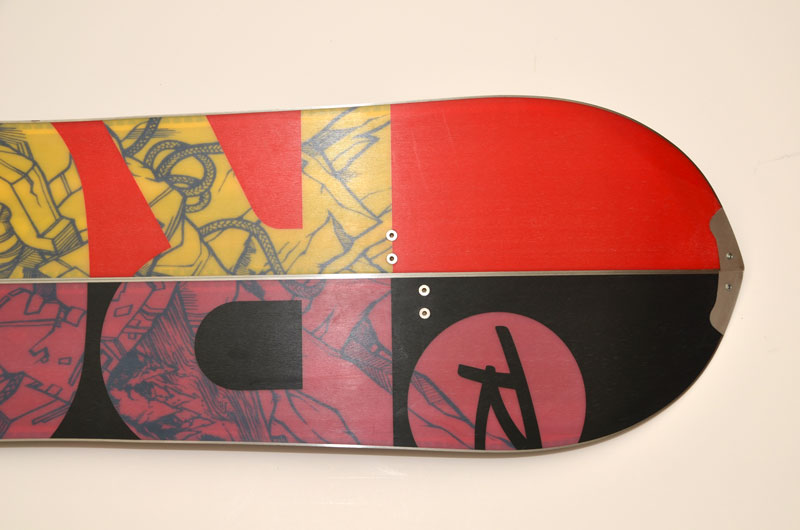
Reverse Super Directional
A very directional inverse flex, extremely stiff under the front foot for confident control and maximum power in demanding terrain, medium stiff under the back foot for more nimble maneuverability, and with a stiff waist for increased stability at speed. While this board has been touted as a “extremely stiff” it had a softer flex than anticipated. Check out the profile photo below and you can see the majority of the material is under foot. It quickly pancakes our after the front foot into the nose. Overall, a very nice flex pattern.

THC2 CBF2 Core
This splitboard-specific, Triple Hybrid Core featuring Dual Torsion Box, CBF² laminate, and two Microcell beams delivers lightweight balance, control and edge grip. The center Microcell beam has been replaced with ABS for enhanced durability where the board splits.
It was hard to find any technical data on the THC andCBF laminate. From what we can gather the core is a hybrid of wood and stringers. The addition of the CBF laminate provides a consistent tuned flex and balance.
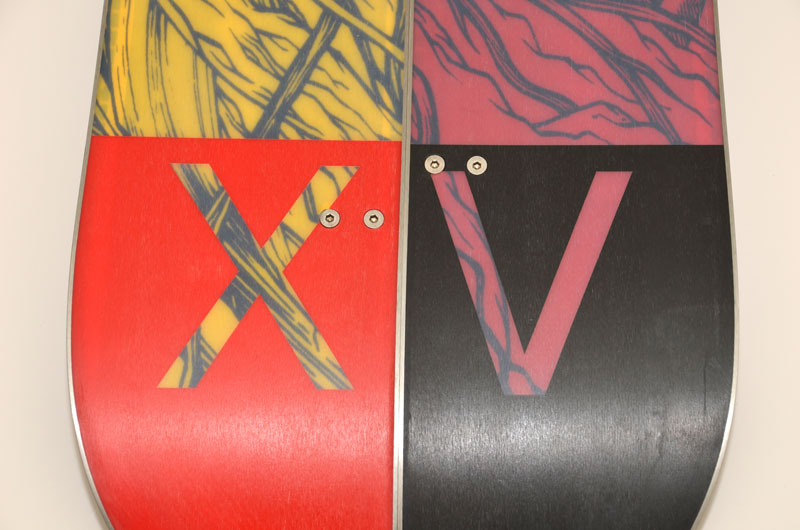
Basalt
Stronger and lighter than fiberglass and with more elasticity than carbon, basalt fibers enhance power and stability while removing vibrations.
Basalt is a basically a cheaper version of carbon, with better properties than traditional fiberglass, and a few pro’s over carbon. Check out the link to wikipedia if you want to nerd out about this. It’s pretty cools stuff used in fireproofing and even in space suits.

Aramid (Kevlar)
Commonly used in ballistical rated body armor fabric, Aramid dampens vibrations and softens rough landings. In addition to the basalt, the Aramid provides the additional dampening for high speed chop and iced up laps.
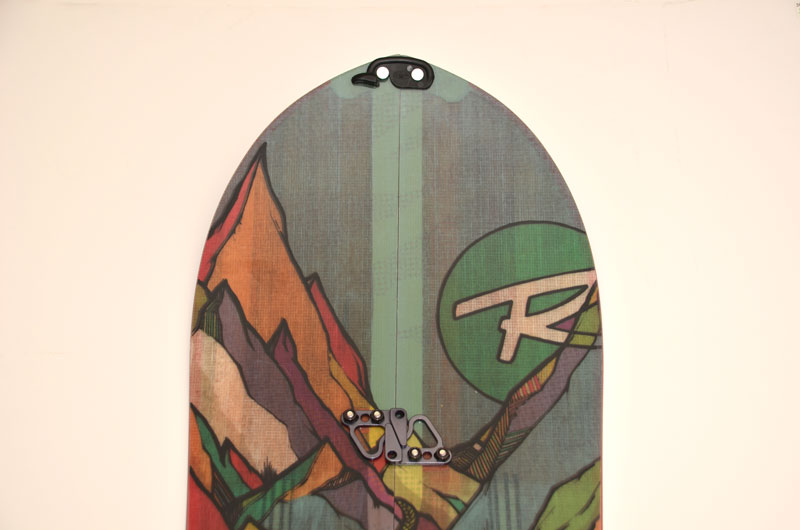
Microcell
A PU material that’s integrated into wood cores to reduce weight and deliver increased snap, pop and liveliness. As mentioned before, you can also see how thick the board is under foot from the ski side cut. This offers a nice stiff camber under foot.
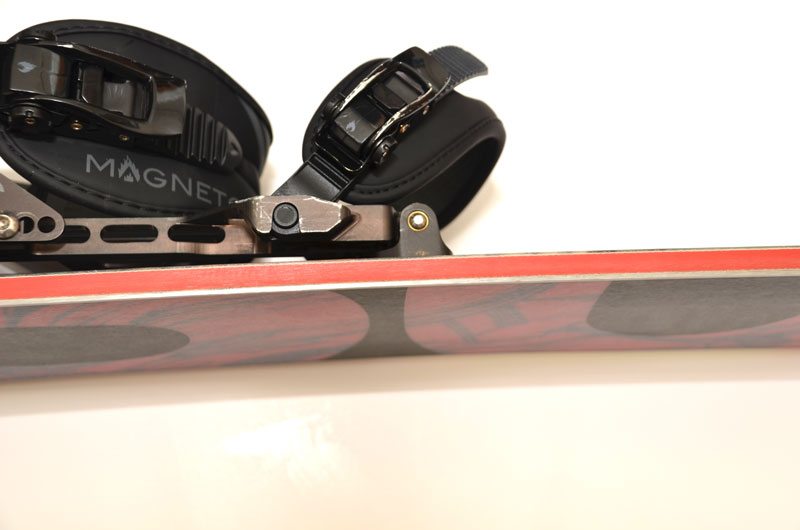
You can see the nose really tappers from the thickness underfoot.
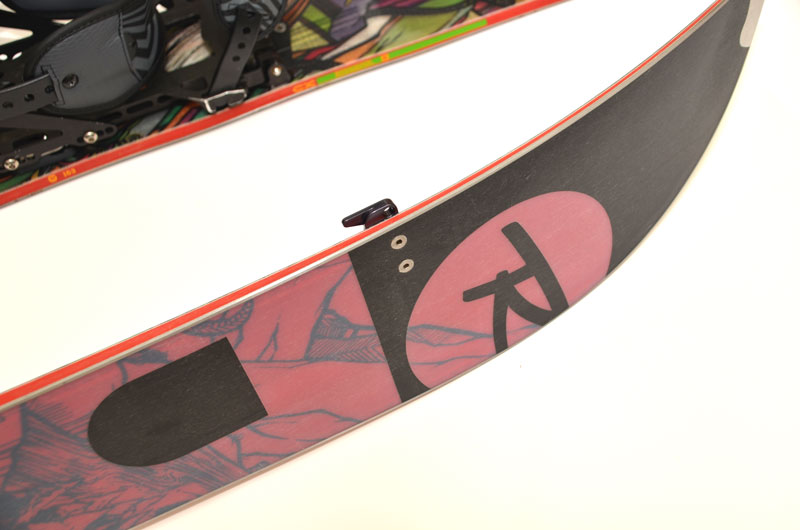
Fiberglass
Has greater elongation before break than carbon and comes in multiple weights and weavings, making it our #1 choice for customized flex and torsional resistance. Glass fiber also stabilizes the mechanical properties of our wood cores over time. If you look closely at the photo, you can see the fibers through the top sheet.
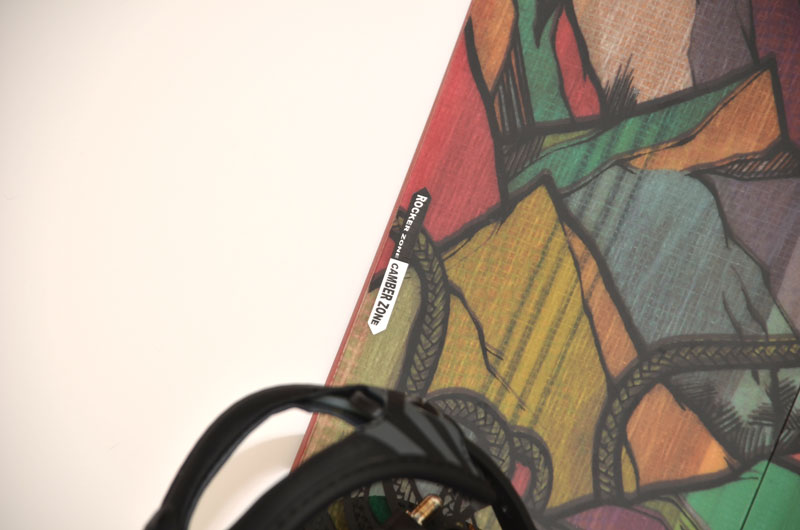
Plum Cowboy Clips
Plum clips provide a super tight seam. In the past Rossignol has used Volie clips, and we have actually seen this board with different clips on it. From what we have heard, it will be shipping with the plum clips. They hold very tight to start with, and will keep an eye on them to see if they loosen up over time.
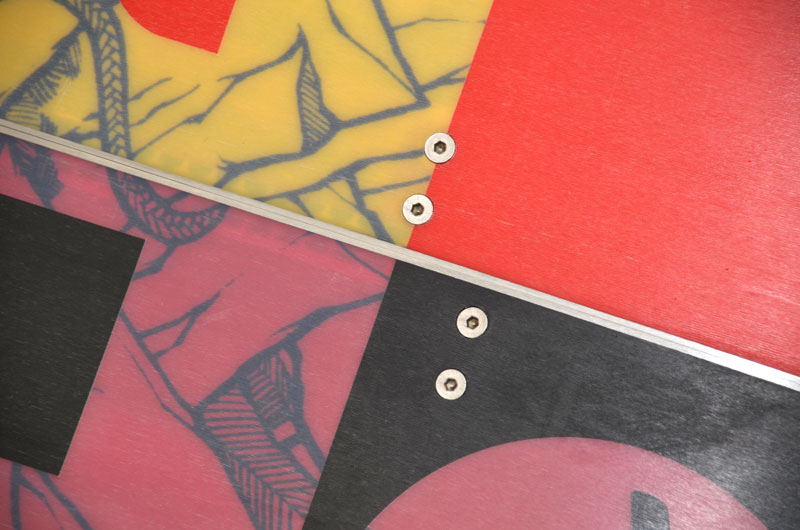
Nose Protection
There is a metal nose cap for added protection against mountain garbage. As you can see the edges com up to the nose protector.
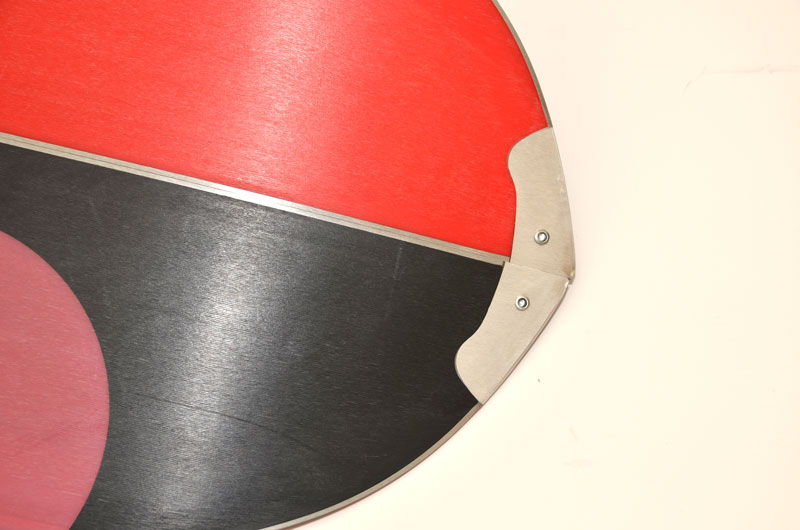
Skinning
The immediate standout of the XV was the weird notches in the tail of the board. We used the board with Volie skins that have a traditional J style tail clip. The clip rest right near this recess, see photos below. I’m not sure what skins these were designed for, but it seems like an odd placement. I guess the recess could be used in place of a tail clip or to fashion your own tail clip. This wasn’t evident on Rossignols features of the board.
The board ascended very well, with the solid underfoot, and camber there was sure grip. One concern we had with skinning and the beveled nose was that the skins may tend to peel around the edges more quickly. Again, we will have to see with more conditions how this turns out, but so far with sticky skins, we didn’t have any issues.

Ski Side Cut
In the image below you can really see the magnitraction and sidecut of the board and ski’s a side. The Magtek on the inside edge of the ski helped grip the crusty snow and ice better than a traditional radial sidecut. It was noticeable and a standout feature of the board.
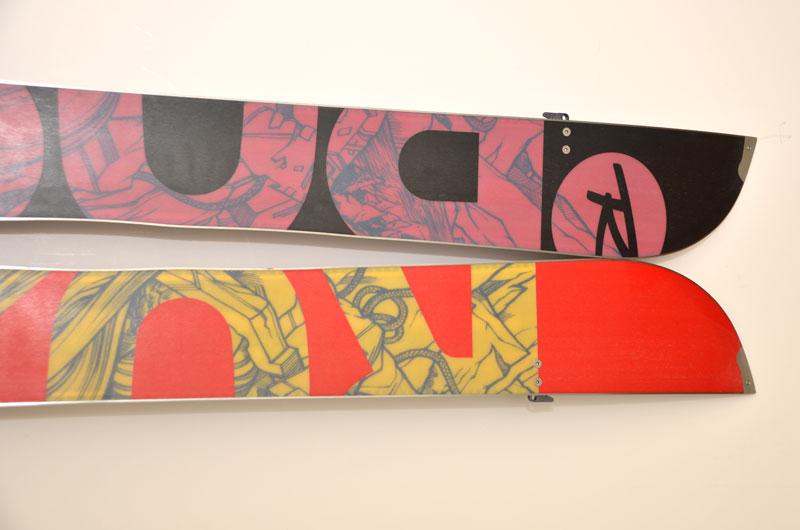
Skins Applied
The skins we used were standard Volie skins. As you can see the coverage is well on the ski. You can also tell that there is a bit of board overhang (even from uncut skins) in the wider nose.

These skins were a bit long for the board. Typically, your skins should end when your tail starts to curve up. This can still give you an idea of how the skins tails attach to the ski. We mentioned before there is a bit of concern with the cutout in the tail and where the Voile tail clip rest.
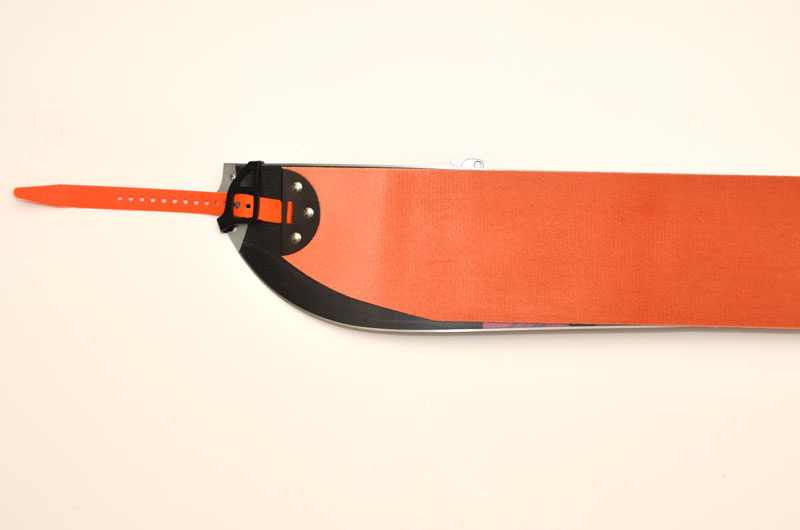
Here is another angle of the attached tail clip from the top of the ski.
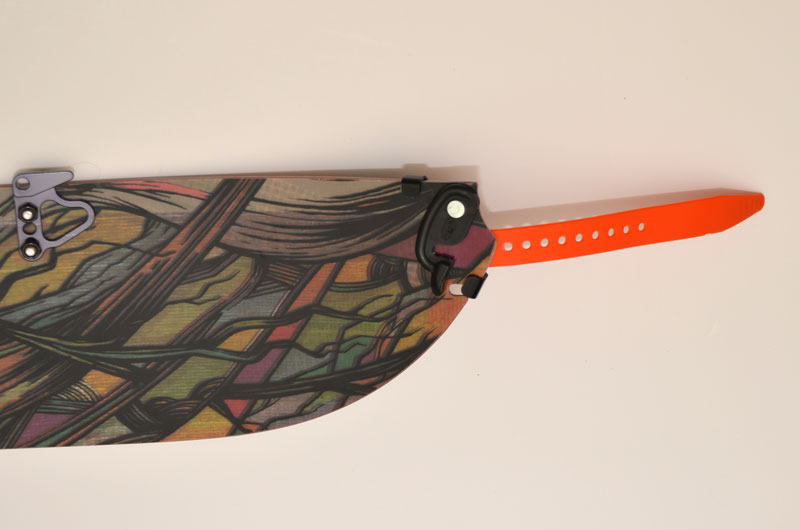
No issues with the nose clip and the Voile nose and tail board clips.
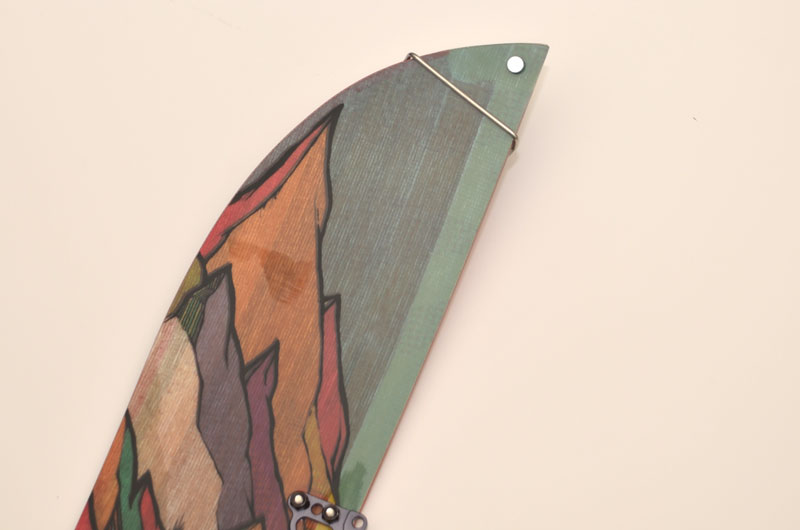
Riding
The XV rode really well. The overall feel of the board was very solid, even at high speed, in rougher snow. The shape of the board would lead it to ride well in large mountain and open areas. Tight trees, with the tapered tail require a bit more work to get the board around to where you want it to go.
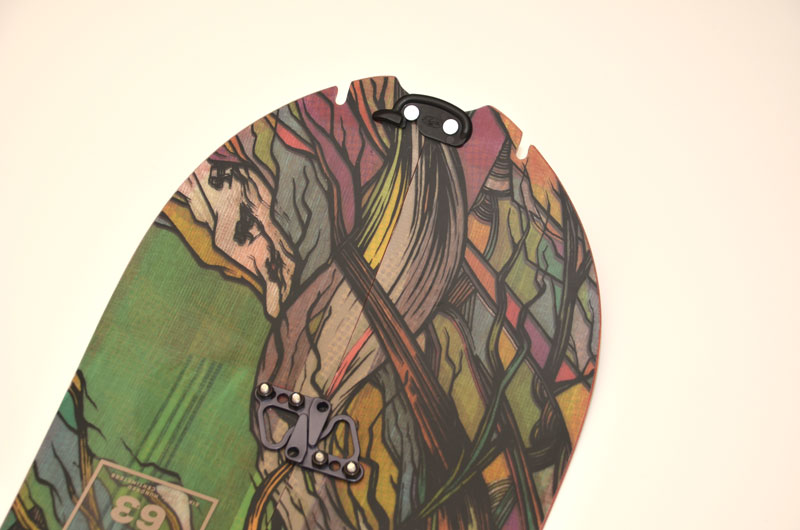
We will have more experience with the XV next season so check back for updates.
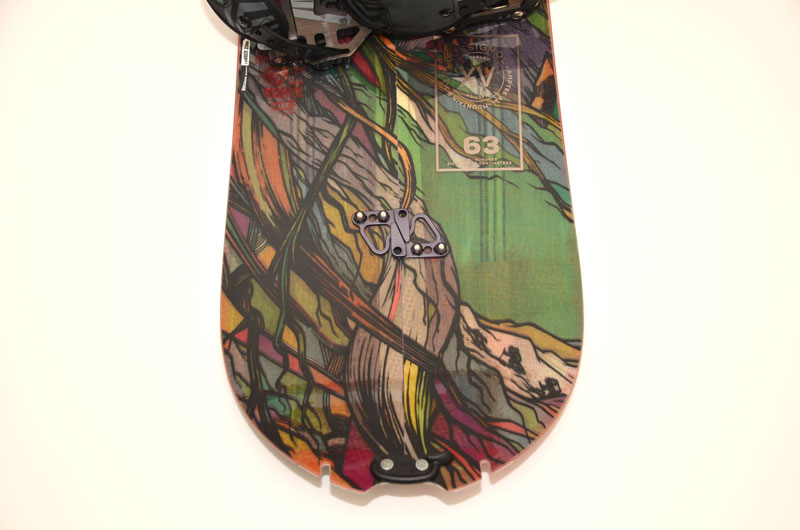
Conclusion
Overall, we feel that the Rossignol XV Magtek splitboard is a great value. The cost of the board with the tech that is inside would warrant a much larger price tag. With splitboards running anywhere from $500 to $1000, to find a splitboard in the $600 range with a solid build, great all around shape, and some of the more advance materials in the board, make it a good choice.
As always we are concern with longevity and durability of boards. With the investment a splitboard has become you will want something that last 100’s of days. We didn’t see anything after the first ride that would worry us regarding the quality of the board.
Again, this was just a preview to our review. We plan to get back on this board next season and put it to the test. Stay tuned for updates to this post with more on touring and riding as well as quality and value expectations.

